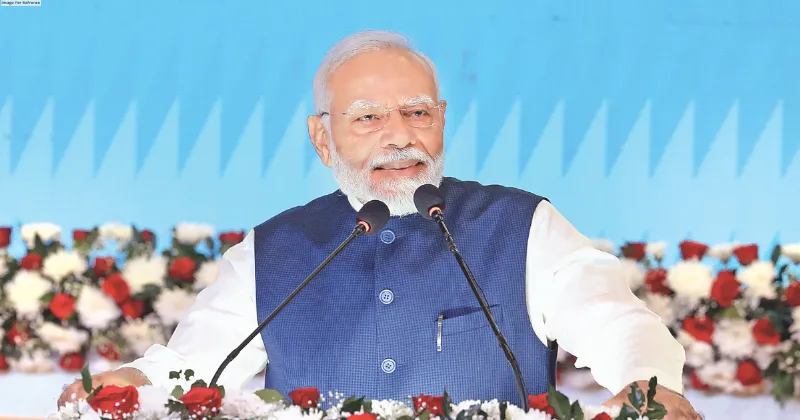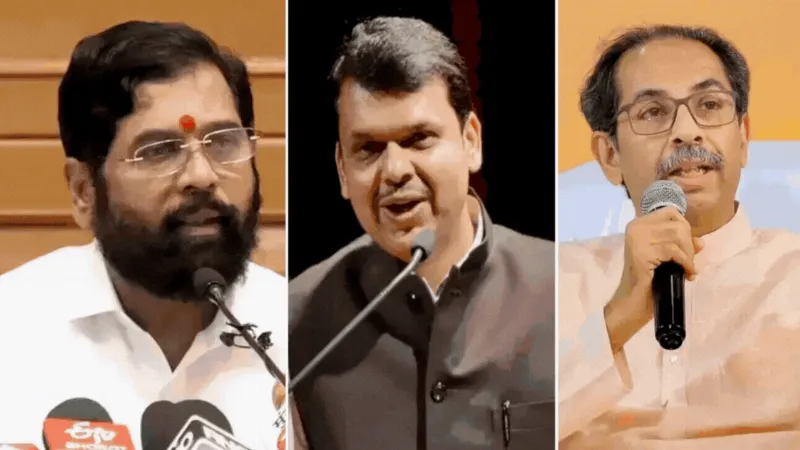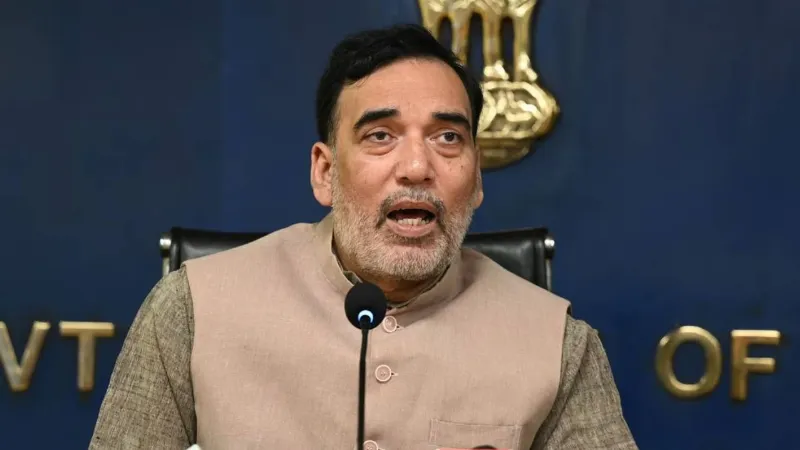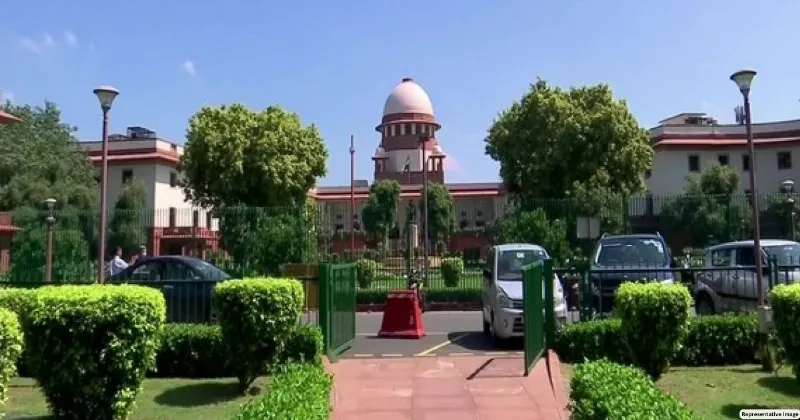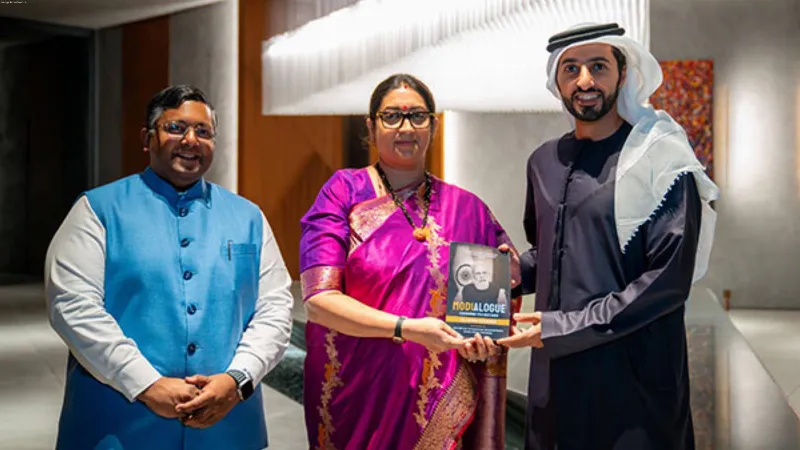PATH OF UNIFORMITY AMONG CITIZENS IS COMMON CIVIL CODE

India is a country with a diverse population consisting of people from a variety of religions community including Hindu, Islam, Christian, Sikh, Buddhist among others each religious community has its own set of personal laws governing matters such as Marriage, Divorce and Inheritance, These laws are based on community religious texts and traditions of their community and are therefore specific to each community. In the early years of India’s independence the country’s leaders debated whether to adopt a common set of laws for all citizens or to allow each religious community to maintain its own personal laws. Ultimately they have chosen the latter approach and personal laws were enshrined in the Indian Constitution. In India the idea of a common civil code has been debated for decades with proponents arguing that is necessary for ensuring Equality and Justice, and opponents arguing that it would infringe on religious freedom. At the same time there have been ongoing efforts to strengthen family laws in country in order to provide better protection for vulnerable members of society and promote gender equality.
The Indian constitution was initially enacted in 1950 the inclusion of Article 44 as a directive principle of state policy in the Indian Constitution reflects the commitment of the framers of the Constitution to the principles of secularism and equality. The objective of including Article was to promote a secular state where religion of communities like Hinduism, Islamism, Sikhism, Christianity and others does not play a role in personal laws and to establish a uniform framework for all citizens, regarding of their religious affiliations. The issue of a Common civil code was one of the most debated topic during the Constituent Assembly debates.
Dr BR Ambedkar the important person among the constituent assembly as Chairman of the drafting committee argued in favour of a uniform civil code stating that it was necessary to ensure equality and justice for all citizens, regardless of their religious views. He argued that personal laws based on religion were a source of discrimination and injustice particularly for women.
The framers of the Constitution recognized that personal laws such as those relating to marriage, divorce and inheritance are closely linked to religious and cultural practices and are therefore sensitive issues. This was done to balance between the competing demands of secularism and cultural diversity. The inclusion of Article 44 as a directive principle of state policy reflects the commitment of the framers of the constitution to the principle of secularism.
The constitution of India contains several provisions that are related to the concept of a uniform civil code. Here are some of the keys provisions:
Article 25: This is a fundamental right that guarantees the freedom of religion to all citizens.
Article 26: This is a fundamental right that guarantees the freedom to manage religious affairs to all religious denominations.
Both the article 25 and 26 a comes under the fundamental rights . However these rights is subject to public order, morality and health and can be restricted in the interests of these factors.
Article 29: This is fundamental right that guarantees the right to conserve the distinct language, script and culture of any sections of citizens. This article recognizes the diversity of Indian society and seeks to protect the cultural and linguistic rights of all citizens.
Article 30: This is fundamental right that guarantees the right of minorities to establish and administer educational institutions of their choices. This article recognizes the importance of minority rights in a diverse society.
Although word minority is not defined in Indian constitution and the term minority used in Article 30 in context of religious and linguistic minorities.
The Supreme Court of India has given several judgments over the years in which they played an important role in shaping the interpretation of the term Minority the term minority and the principles that underlie its protection in the Constitution. Here are some of the key judgments:
- In the Champakam Dorairajan case 1951, the Supreme Court held that the state cannot discriminate against a citizen on the grounds of religion, race, caste, or language. This case laid the foundation for principle of equality enshrined in Article 14 of the Constitution.
- In the In Re: The Kerala Education Bill case 1958 the Supreme Court held that minority institutions have the right to establish and administer their institutions, but this right is subject to reasonable regulations by the state in the interest of maintaining educational standards and ensuring the welfare of the students.
- The term secular was not explicitly mentioned in the original text of the Indian Constitution. However the spirit of the Indian Constitution was always intended to be secular, as reflected in several provisions before inclusion of word secular in the Preamble which declares India to be a sovereign, socialist, secular, democratic republic, Indian Constitution has undergone several amendments since then to address various issues and challenges. One of the most significant amendments related to secularism was the 42nd Amendment act of 1976 which was during the period of Emergency in India. The amendment was primarily aimed at strengthening the position of the Prime Minister and limiting the powers of the Judiciary.
After 42nd amendment in Indian Constitution and inserted the word Secular in Preamble. The interpretation of term minority has changed in Judgments from the earlier delivered are:
- TMA Pai Foundation case 2002 the Supreme Court held that minority institutions have the right to administer their institutions, but they are also subject to certain reasonable regulation by the State. The Court observed that minority can be identified as a group of people who are numerically less than 50 percent of the total population of a given area and who are different from the rest of the population in terms of religion, language or culture.
COMMON CIVIL CODE
A Common Civil Code ( CCC) is a set of laws that would apply to all citizens of a country regardless of their religion or ethnicity. The idea behind a CCC is to ensure that everyone is subjected to the same laws, which would promote equality and Justice.
Article 44 of the Indian constitution is directive principles of state policy that states should endeavour to secure for the citizens a uniform civil code throughout the territory of India.
However the implementation of a uniform civil code has been a contentious issue in india due to the diversity of religious community and their personal laws. Also Constitution does not explicitly mandate the implementation of a Uniform Civil Code making it a contentious issue.
There have been several cases in which courts have discussed the constitutional validity of Article 44 and the concept of Uniform Civil Code.
In the case of Shah Bano Begum 1985 the Supreme Court held that government has the power to enact a uniform civil code and that it is essential to promote national integration and gender equality. However the court also recognized that the issue is sensitive and requires careful consideration.
In Sarla mudgal case 1995 The Supreme Court observed that the lack of a uniform civil code is a matter of national shame, and that is the duty of the state to ensure that all citizens are governed by the same set of laws. However the court also noted that it is complex issue that requires consensus building and political will.
In Lily Thomas case 2000 The Supreme Court held that the lack of a uniform civil code has resulted in the perpetuation of gender discrimination especially in matters of divorce and inheritance. The Court noted that a uniform civil code would help in eliminating these discriminatory practices and ensuring gender justice.
In John Vallamattom case 2003 The Supreme Court observed that the Constitution makers had envisaged a uniform civil code as an important instrument for the integration of the nation. The court also noted that personal laws should not be given precedence over the constitutional rights of citizens, and that a uniform civil code would help in the realization of the constitutional goals of justice, liberty and equality.
STRENGTHEN FAMILY LAWS
While a debate over a CCC continues, there have been ongoing efforts to strengthen family laws in India in order to provide better protection for vulnerable members of society and promote gender equality.
One are where family laws have been strengthen is in the area of domestic violence. In 2005 the Indian government passed the protection of Women and Domestic violence Act. Which provides for a range of measures to protect women from domestic violence including the ability to obtain restraining orders and the right to reside in the matrimonial home.
Another area where family laws have been strengthened is in the area of divorce. In 2019 the Indian government passed the muslim women (Protection of Rights on marriage) Act which criminalizes the practice of instant triple talaq, which is a form of instant divorce that was prevalent among some muslim communities.
The Supreme Court has recognized the importance of a uniform civil code in promoting national integration and gender equality. However, it has also acknowledged that it is a sensitive issue that requires careful consideration and consensus building. Ultimately the decision to implement a uniform civil code rests with the government and the legislature.
THE VIEWS EXPRESSED BY THE AUTHOR ARE PERSONAL
AD. ABHISHEK SINGH The writer is Research Scholar

